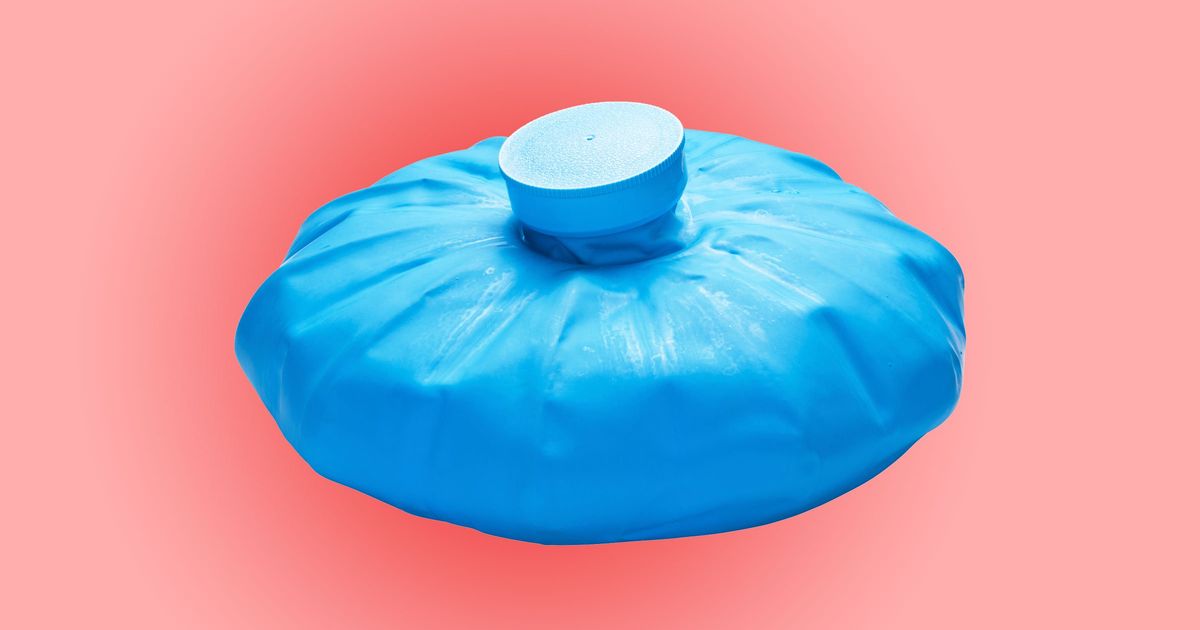Guide To Treating And Preventing Sun Poisoning
Sun poisoning is an allergic reaction to too much ultraviolet radiation. It presents as severe sunburn, but symptoms can progress. Also known as polymorphic light eruption, sun poisoning can be activated by certain medications or exposure to plants like wild parsnip and lime. Symptoms include itchy or painful red bumps that raise into patches on the skin. These bumps can progress to scale, bleed, crust over, or turn into hives or blisters. Often accompanying sun poisoning is a fever, nausea, chills, headache, dehydration, and in extreme cases, fainting. Several risk factors enhance an individual’s chances of developing sun poisoning including fair-skinned individuals, living near the equator, and taking certain medications. Thankfully, there are treatment options for sun poisoning. Learn about them now.
Stay Out Of The Sun
Symptoms of sun poisoning can begin to clear up in as few as one to two days if the individual can stay out of the sun. Staying out of the sun is not only imperative if an individual has already developed sun poisoning, but also as a preventative to developing it. The sun’s most powerful ultraviolet rays occur between the hours of 10 am and 4 pm. If an individual cannot completely limit their sun exposure, it is important to use sunscreen with a sun protection factor (SPF) of at least thirty, and wear protective clothing during these hours. Some fabrics have built-in sunscreen adding extra protection from the sun. It is also important to try to build sun exposure gradually. This is especially important during the changing of seasons when individuals may not have been outdoors much and when vacationing in sunny destinations.
Keep reading to learn more about how to treat sun poisoning.
Apply Cool Compresses

Applying cool, not cold, compresses to the affected areas can help alleviate swelling, itching, and pain. Fill a bowl with water and ice cubes and soak a rag or some gauze in it. Milk and water can also be mixed for enhanced soothing. Wring it well and gently place it on the affected skin. Pain may initially intensify but will subside quickly. When the rag begins to warm from body heat, repeat the process. The cool temperature will not only counteract the burning feeling, but it will also help constrict blood vessels below the skin, thus relieving inflammation. Individuals should always apply cool compresses to the skin and never ice or other frozen items, as this can lead to adhesion to the skin, further irritating and aggravating the condition. In some cases, it can freeze the skin causing frostnip or even frostbite.
Discover more methods of treating sun poisoning now.
